Day 9 - Funagoya Onsen, Nishimuta, Miyaki And Nagato, The Kyushu 108 Temple Pilgrimage, Japan

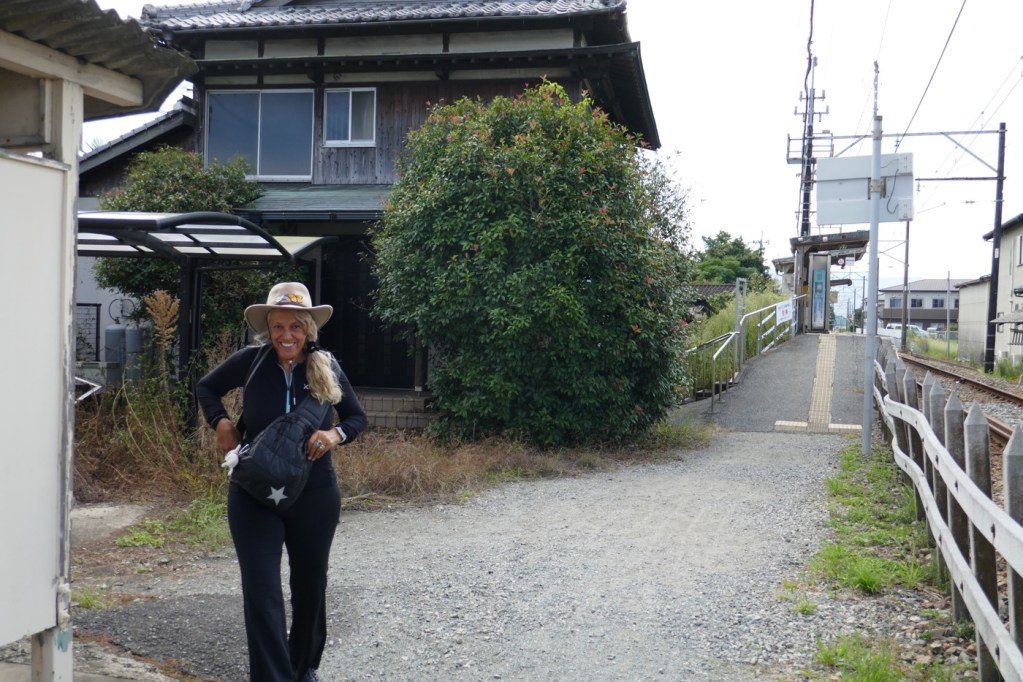






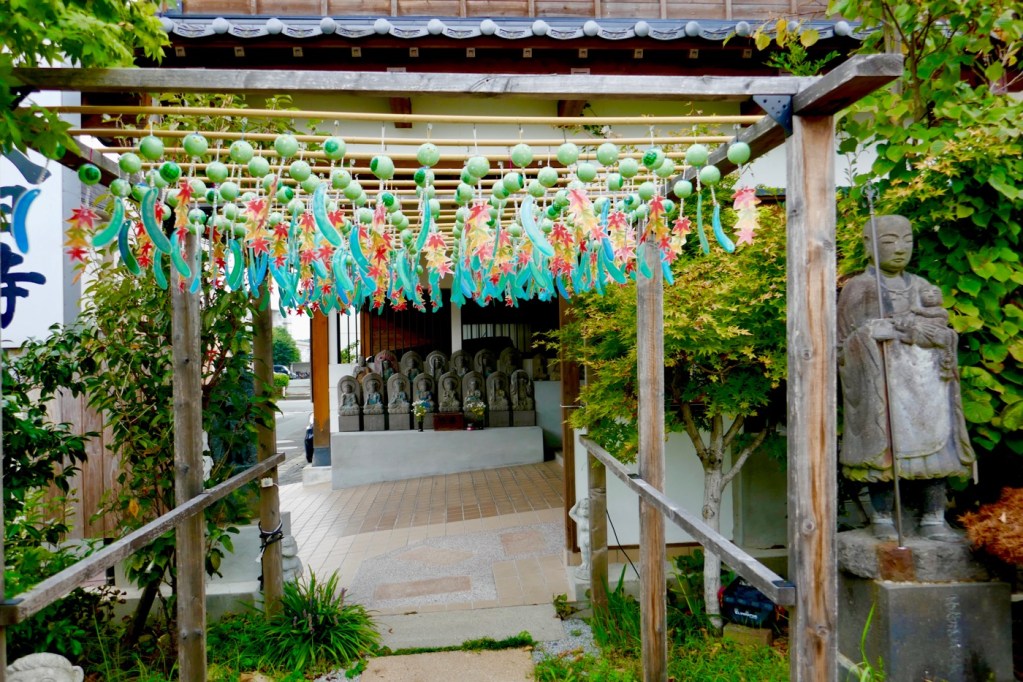





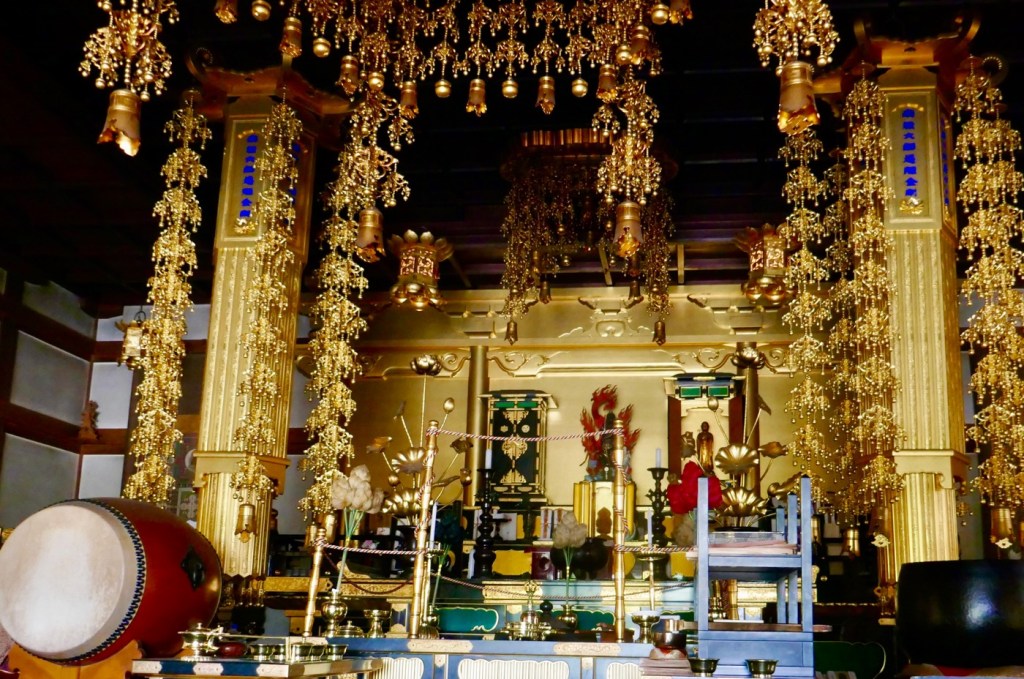





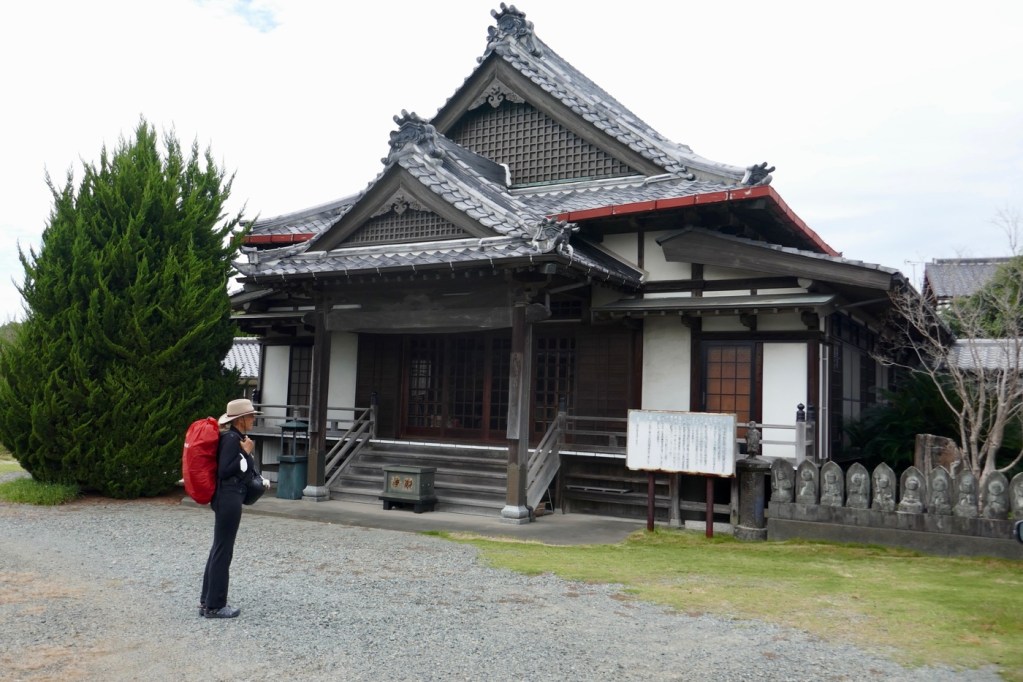


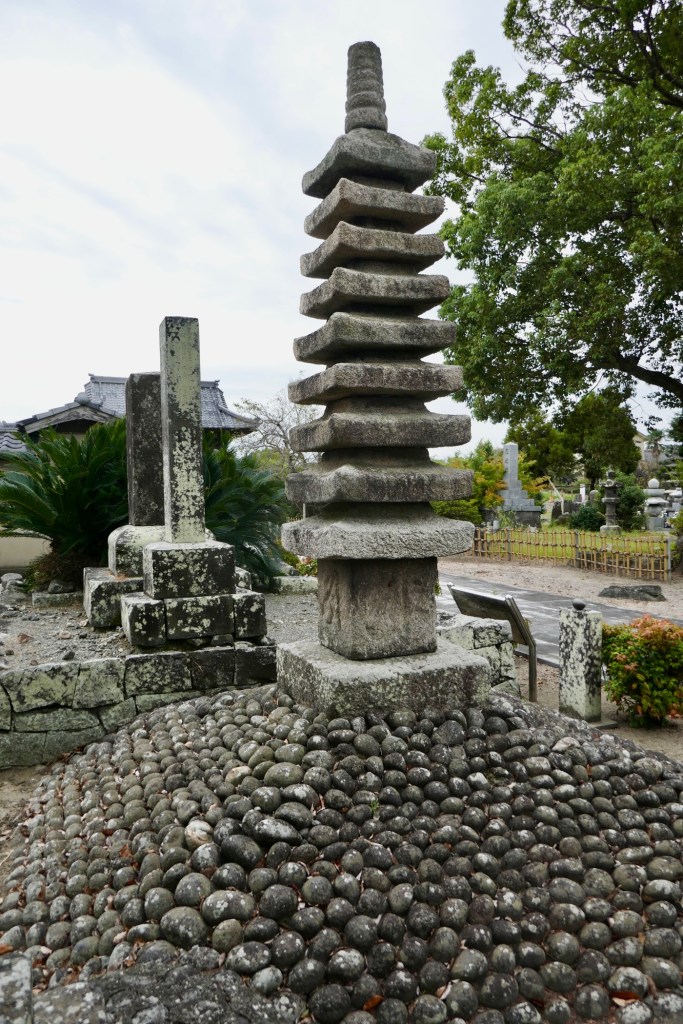





Day 9 - Funagoya Onsen, Nishimuta, Miyaki And Nagato, The Kyushu 108 Temple Pilgrimage, Japan
This morning we heard that a war broke out between Israel and Hamas.
With heavy hearts we read the sad news, sending love and healing prayers for all.
We had our last lovely breakfast at the traditional Japanese inn in Sasaguri.
We checked out of the ryokan and thanked our hostess for all the lovely meals and for making us feel like family.
She offered to take us to the Sasaguri station by car, saying the nearest station has many stairs to climb with our heavy backpacks.
Of course we refused, telling her that we must get stronger and get used to carrying our full backpacks, not just our daypacks.
This comfy ryokan, with breakfast, was less than $100 per night.
On the booking site, we had not booked the dinners when we booked the room.
That was because we were not sure that we would be able to complete the walking each day, in time for dinner.
Japanese Ryokans are very strict about timing.
If you say you will be down for breakfast or dinner at 7:00 you MUST be there on the dot.
This Ryokan is located in a part of Sasaguri that has no restaurants nearby.
It is getting dark now by 6:00 PM and even if there were any restaurants nearby, we were too tired by the end of the day to dress up after our bath, and go out to eat.
It was much easier to try to negotiate a dinner plan with the owner.
The lady suggested apologetically, that she would charge us $10 per person for the dinners.
It was a real bargain because her meals were gourmet treats, and when we checked out, I gave her a bit more money than we owed, for the laundry that she did for us daily, and for her kindness and good efforts.
We had a very ambitious day today, trying to get to four temples.
We plan to visit all four temples, but if we run short on time, we will use the bus or train, and cover the distance we missed on foot, in later days.
We took a train to Funagoya Onsen where we had to visit one temple, and walked north towards another temple in the town of Nishimuta and on towards Kurume.
We will stay in Kurume for five nights, and cover all the temples in that area.
We have a total of 13 temples that we will walk to each day, going in all directions, north, east, west and south.
Funagoya Hot Spring town has a mineral springs bath that dates to the 19th century, with iron-rich mineral water and a distinctive smell. It also has some naturally occurring bubbles, giving them the name, “soda-waters”.
Temple #59 Fudasho Eikozan Komyoji Temple, sits in a quiet residential neighborhood with an old Shinto shrine attached to it.
We took off our backpacks and rang the bell.
Nobody answered, so I took off my shoes and entered the main hall, which was open.
Jules circled the premises, looking for someone to ask where was the temple’s priest.
He returned with a man who was obviously on his way to run some errands.
The man was the temple’s priest and we were so happy that we hadn’t missed him.
If we had arrived just moments later, we would have missed him and our book and scroll wouldn’t have the red seals of this temple.
As we chanted, he stamped our book and scroll, gave us gifts of snacks and teas and thanked us for coming.
Fudasho Eikozan Komyoji Temple was founded in the Tenpyō era (Year 729 -749.)
In the main hall stands a statue of a thousand arm Kannon.
The principal image of worship is a statue of Bodhisattva Gyōki.
Bodhisattva Gyōki (Year 668-749) was a Japanese Buddhist priest who was known for his charitable and religious activities, like building inns, opening farm lands, constructing irrigation systems and other charitable activities aimed at improving life for the struggling community.
His statue is enshrined in this temple, but it is hidden in a cabinet that is opened only once every 33 years.
On the right side of the closed cabinet with the principal image, stand the ten kings of hell.
They are: King Enma, King Qin Guang, King Hatsue, King Song, King Gokan, King Hensei, King Taishan, King of Equality, and King of the City, Godo Tenrin.
Around the main hall there are Eighty-eight stone statues.
From there we walked to Nishimuta town, where Temple #10 - Dainichi-San Fudo-ji is located.
It is a clean and well-maintained quiet temple.
The priest was a man of few words but he invited us in and while we chanted, he stamped our book and scroll.
When we left, he wished us good luck on our journey.
Many small stone statues stand in the temple grounds.
The temple was founded by a monk who received a vision from Shakyamuni Buddha, saying, "Spread the teachings of Buddha to people without distorting Buddha's teachings."
Since then, the temple’s mission has been to help people to live happily focusing on enlightenment and discovering their Buddha nature, which is the root of life.
At Kurume station, we stored our backpacks in a coin locker and bought a quick lunch from a stall that sold home made lunches.
The next temple we visited was Saga Narita-san Ryuo-in, Temple #60.
It is a modern building on an ancient site.
Many of the old temples were burnt or destroyed through the years, but most were reconstructed in the exact same style as the original.
Here in Miyaki, they built a modern structure with an attached huge hall for families to keep the ashes of their loved ones.
The temple is run by a young and energetic couple.
The priest and his wife were busy with a ceremony for visiting people, but invited us in to sit inside the main hall until they finished.
The principal image of Saga Narita-San is the Fudo Myoo.
We chanted and the lady offered to take our photo together, sitting in front of the inner shrine.
Both Jules and I were tired and sweaty and looked a bit like Fudo Myoo ourselves, so I wasn’t excited to take my photo looking so drained, but I could appreciate the gesture, because many temples in Japan do not want you to take any photos inside.
We thanked her for her kindness and made our way to our last temple of the day.
We walked by low cost housing, prefabricated houses and boxy small apartment buildings with almost no windows and with tiny balconies, not used for enjoying the outdoors, but only to dry laundry.
I thought of the people living in those cramped quarters…
Once a Japanese house was a compound, a spacious living quarters with wooden balconies from which to watch the rain, or look out over the rice fields.
Every house had a garden, and also a kitchen-garden, in which people grew the necessary daily vegetables like eggplants, scallions, lotus root, and burdock.
Nowadays, the young people in Japan do not adore gardening.
On the weekends, instead of going to the countryside to hike and enjoy the healing powers of nature, they travel to busy cities, looking for who knows what, at the malls, and in the glass windows of retail shops….
We continued walking.
Cherry trees lined the river, and the rice fields were varied in colors, glimmering in the sun from bright green to yellow, ready to be harvested.
Mt. Kongo Dainichi-ji Temple #94, is located in Nagato, just west of Kurume.
The neighborhood is quiet and I could see kindergartens and schools, which means that many families choose to live here.
The temple is on the second floor of a house.
We rang the bell and were invited in by a young and friendly priest.
He admired our chanting, saying that we did it superbly, and he gave us snacks and tea, apologizing that all he had was “cheap snacks” which he usually gives to visiting kids.
The principal image is Dainichi Nyorai, and there are also statues of Fudo Myoo, Monju Bosshu Bosatsu, Kobo Daishi, and Jizo Bosatsu, enshrined in the main hall.
The idyllic countryside has been transformed into a busy residential area, growing bigger and bigger every year.
But the priest said that the temple is located between two shrines to the east and to the west, offering spiritual protection.
Every morning, he enjoys the wonderful sunrise and in the evenings, the beautiful sunsets.
No matter how dense the houses around the temple get, the main hall remains in this advantageous position.
I was tired by the time we returned to Kurume station, claimed our backpacks and checked into our hotel.
The hotel has a public hot springs, and I actually fell asleep while soaking in the baths.
When I woke from my sleep, I was reddish from the hot waters and the long day of walking in the sun.
Halfway between sleeping and being awake, I heard an inner voice saying, “Remember that You ARE the universe…. and that there is NO you….”
With sleepiness and gratitude,
Tali
Stats: 25,859 steps
Today’s walk: 17.5 km
Kilometers walked to date: 168.5
Temples visited:
Temple #59 - Akiraokisan Komyoji
Temple #10 - Fudo-ji Dainichi-San
Temple #60 - Saga Naritasan Ryuo-in 成田山 龍王院(佐賀成田山)
Temple #94 - Dainichi-ji Temple 大日寺(真言宗 御室派) 94番札所